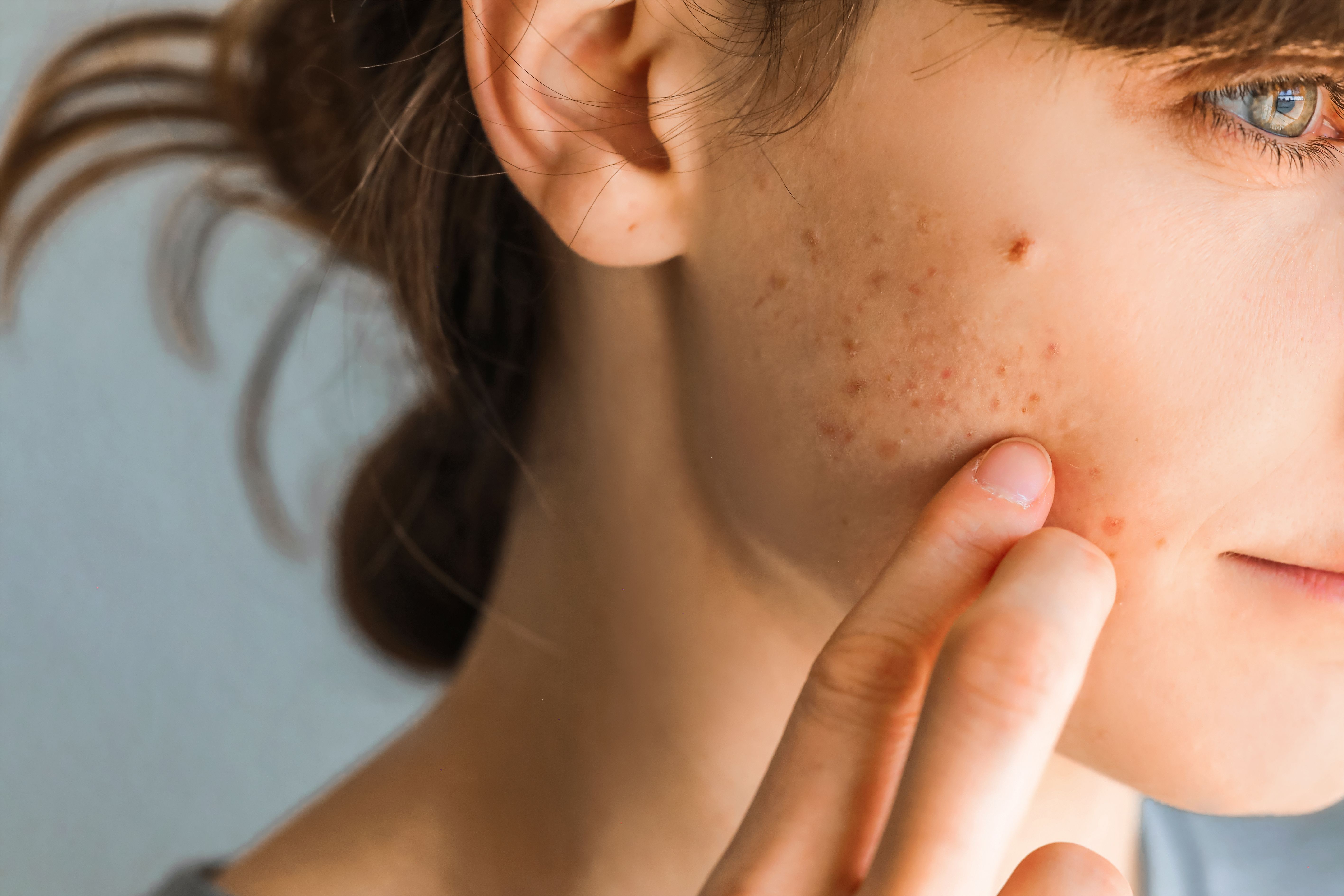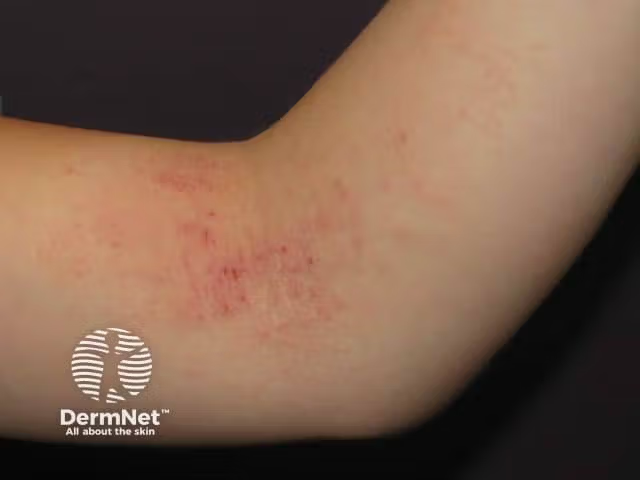- Case-Based Roundtable
- General Dermatology
- Eczema
- Chronic Hand Eczema
- Alopecia
- Aesthetics
- Vitiligo
- COVID-19
- Actinic Keratosis
- Precision Medicine and Biologics
- Rare Disease
- Wound Care
- Rosacea
- Psoriasis
- Psoriatic Arthritis
- Atopic Dermatitis
- Melasma
- NP and PA
- Skin Cancer
- Hidradenitis Suppurativa
- Drug Watch
- Pigmentary Disorders
- Acne
- Pediatric Dermatology
- Practice Management
- Prurigo Nodularis
- Buy-and-Bill
Publication
Article
Dermatology Times
Clinical Insights Into Challenging Atopic Dermatitis Cases: Part 1
Author(s):
Matthew Zirwas, MD, hosted a Case-Based Roundtable discussion to review 2 challenging cases of atopic dermatitis involving intense itch and severe hand dermatitis.
In a series of Dermatology Times Case-Based Roundtable® events, leading dermatologists and their local peers tackled some of the most challenging cases of atopic dermatitis (AD). These gatherings provided an invaluable platform for collaborative discussion, innovative problem-solving, and the exchange of cutting-edge treatment strategies. Each session featured in-depth case presentations, allowing participants to delve into the complexities of atypical AD presentations and explore various diagnostic and therapeutic approaches. These clinical insights from Ohio, Connecticut, and New Hampshire showcased the dermatology community’s collective expertise and dedication to improving patient care.
Columbus, Ohio

Matthew Zirwas, MD, a board-certified dermatologist based at DOCS Dermatology in Bexley, Ohio, hosted a Case-Based Roundtable discussion in Columbus.
Engaging With Physician Assistants
Zirwas welcomed 12 physician assistants in central Ohio to evaluate AD cases. Their insights and responses impressed him. “Anyone who doubts the quality of care provided by physician assistants hasn’t met these 12 professionals. Their thoughts and questions were phenomenally good,” he remarked.
Case 1: A 63-Year-Old Man With Persistent Itchy Spots
The first case involved a man aged 63 years with intensely itchy spots on his back, proximal arms, and legs. The spots had been intermittent for several years but became constant over the past 3 months. Despite lacking a personal or family history of atopy and having no rashes as a child, the man struggled with severe itching that disrupted his sleep. He had been tested for food allergies and was found to be allergic to corn, but avoiding corn did not improve his condition.
Diagnostic Challenges and Criteria
Zirwas highlighted the initial diagnostic challenges: “Based on his age and presentation, it would be reasonable to diagnose him with nummular eczema or AD at the first visit.” The discussion then shifted to the diagnostic criteria for AD established by the American Academy of Dermatology in 2014, which the FDA has endorsed.
Addressing Beliefs About Food Allergies
A key part of the conversation was addressing patients’ beliefs about food allergies. Zirwas noted, “Patients often firmly believe that their dermatitis is driven by food allergies, and it’s challenging to change that mindset.” He emphasized the importance of discussing the role of the intestinal microbiome in AD, which was supported by multiple studies and trials. “We do know that the intestinal tract and thus food play a role” in AD, he explained.
Environmental Factors and Epigenetics
To help the patient understand his condition, Zirwas used an analogy about environmental exposures damaging the skin over time. “We now know that environmental chemicals, air pollution, soap, and even food additives can cause permanent epigenetic changes in the skin, degrading its barrier function,” he said. This explanation resonated with the patient, fitting with the notion that modern environmental factors are damaging to the body.
Designing an Optimal Treatment Strategy
Matthew Zirwas, MD, engages in discussion with a dozen central Ohio dermatology advanced practice providers.

For treatment, the patient was initially given topical steroids, which proved insufficient. Zirwas then recommended oral supplements, including skin-restoring ceramides and a specific probiotic. Additionally, the patient was advised to switch to a low-irritant laundry detergent. Despite these measures, the condition persisted, leading to a discussion about more potent treatments like methotrexate, cyclosporine, and phototherapy.
Success With Topical Ruxolitinib
The group decided that topical ruxolitinib (Opzelura; Incyte) was the most suitable treatment for this patient. “Topical ruxolitinib provides the fastest itch relief I’ve seen, starting to improve within 15 minutes and maintaining effectiveness with as-needed use,” Zirwas stated. The patient responded well, achieving significant relief.
Case 2: A 45-Year-Old Woman With Severe Hand Dermatitis
The second case involved a woman aged 45 years with severe dermatitis on her hands and arms, primarily affecting her fingertips and causing painful fissures. The patient, who owned a nail salon, washed her hands frequently and used a low-allergenicity moisturizer. There was no personal or family history of atopy, and she had never experienced significant flexural rashes.
Identifying Allergic Contact Dermatitis
The group quickly identified the likely cause: allergic contact dermatitis caused by the acrylates used in her nail salon. Zirwas and the team advised the patient to protect her hands from acrylates by carefully handling them and wearing gloves. Initial treatment included an intramuscular injection of triamcinolone, topical clobetasol, and advice to avoid direct contact with acrylics. Follow-up care involved ongoing management and evaluation of her condition.







